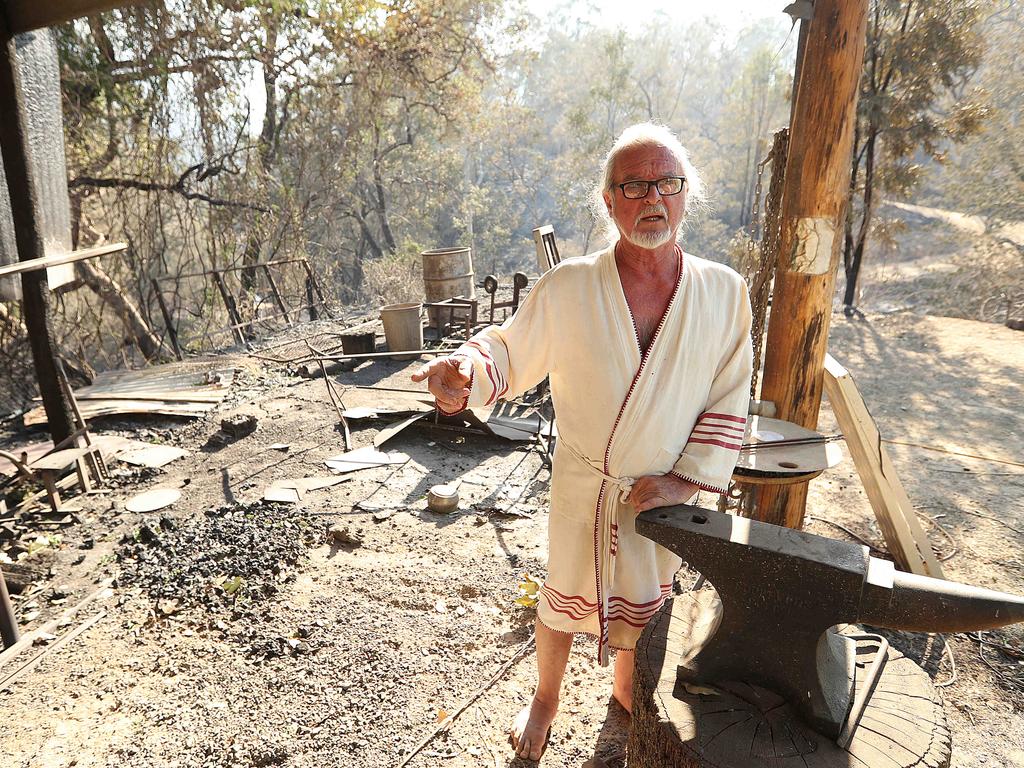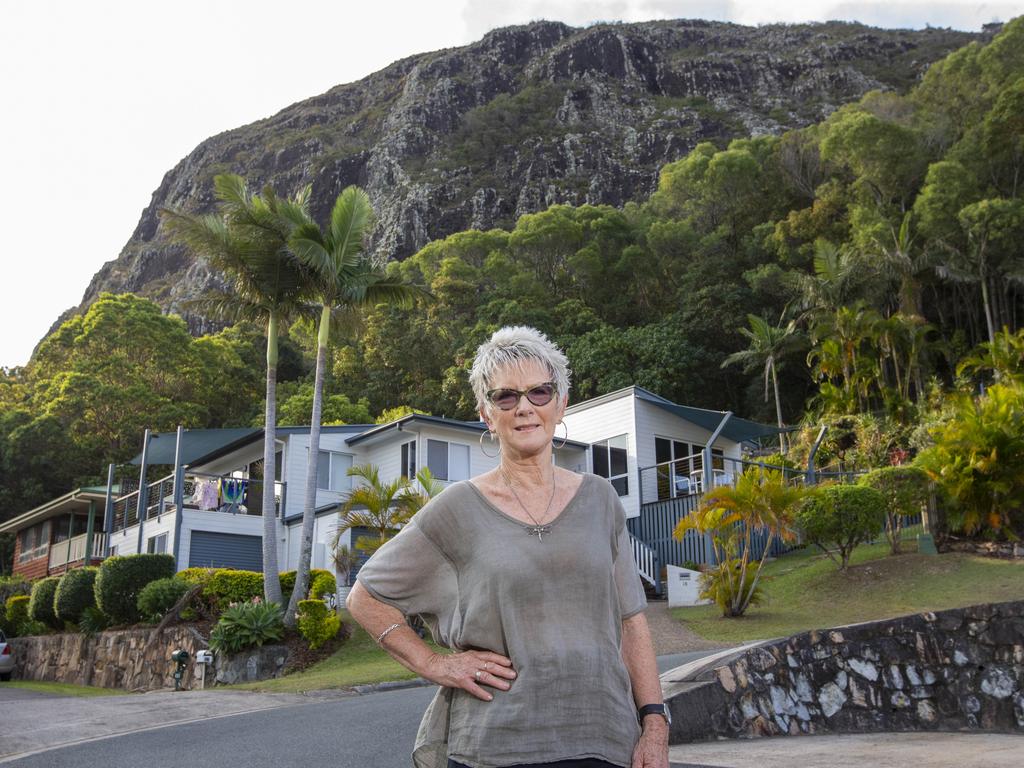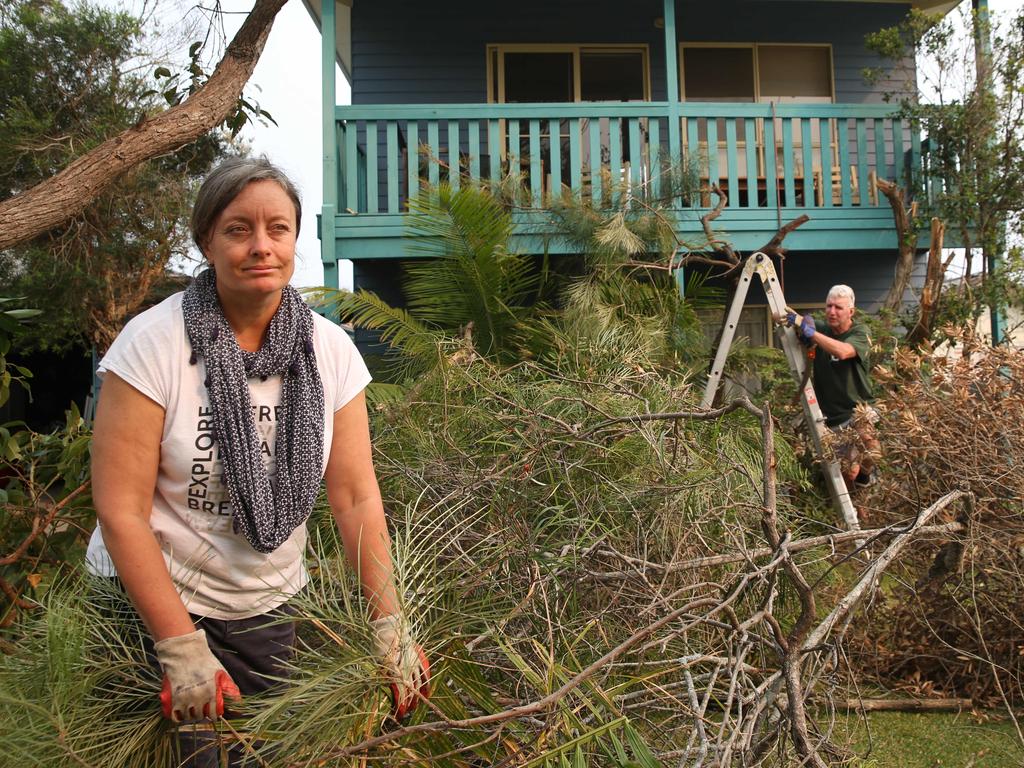Fewer hazard reduction burns fuel fire fears in Queensland
Australia’s bushfire season is heating up, but in Queensland the vegetation growth fuelled by La Nina has residents concerned.
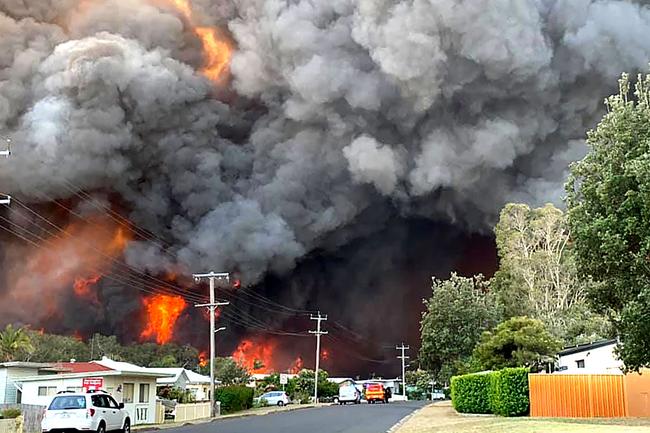
Queensland’s government has done less mitigation burning this year than in the lead-up to the devastating 2019 bushfires that destroyed 49 homes.
The smaller footprint of hazard reduction burns to mitigate the fire threat comes despite the recent La Nina years that fuelled vegetation growth.
Authorities have warned of the early onset of a warm spring and El Nino weather patterns are already drying out vegetation.
The state has burnt 666,000ha of national park land in preparation for the fire season compared with 1.03 million hectares in the 2018-19 financial year ahead of the 2019 bushfires.
Authorities say they have met their hazard reduction burn targets, but residents living near the state’s national parks are concerned about the build-up of vegetation in the past three years.
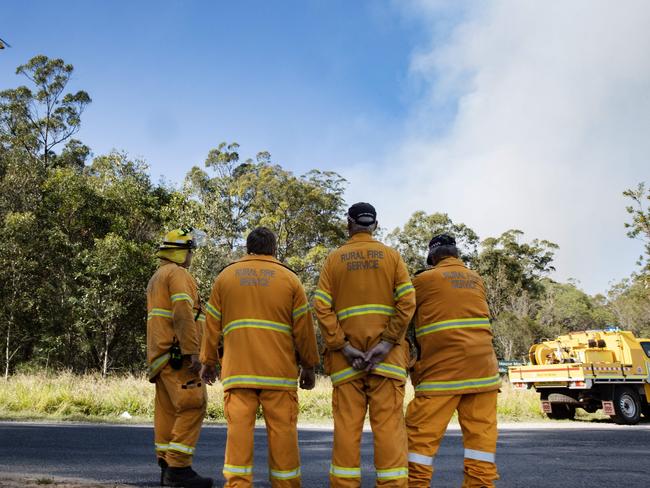
Beau Williams’s home in Cooroibah was destroyed by a bushfire north of Noosa on the Sunshine Coast in 2019. “The wind changed direction and suddenly smoke just blotted out all the light in the sky and it was an orange hue,” he said.
Mr Williams, who lived with his father, said poorly maintained land and a lack of hazard reduction burns in the neighbouring national park were factors that left the pair without a roof over their head. Their home is only now being rebuilt.
“The Australian bush is volatile, and it does explode into bushfires quite rapidly; burns need to be done,” he said. “I do understand concern for wildlife and native flora and fauna, but people’s homes and properties (also) need to be considered.”
A Queensland Parks and Wildlife Service spokesman said the service had exceeded its target of completing planned burns of more than 5 per cent of protected areas. “In 2018-19, favourable conditions across the state were conducive to planned burning activities, particularly broadscale burns,” he said. “Despite the lingering influence of the La Nina weather pattern, QPWS was able to conduct 535 planned burns over an area of 666,464ha and exceed our target in preparation for the 2023-24 bushfire season.”
Queensland Fire and Emergency Services superintendent James Haig said Queensland’s size and varied environments meant mitigation burning could not be consistent.
Former state inspector-general for emergency management Ian Mackenzie, who conducted a review of the 2019 fires, said the current fire season was shaping up as a bad one, but not on par with the 2019 Black Summer.
United Firefighters Union Queensland general secretary John Oliver said the fuel load across the state had been reduced during “available windows of opportunity”.
“Realistically though, how do you burn out every bushfire risk in Queensland? You just can’t,” Mr Oliver said.
Additional reporting: Tricia Rivera

